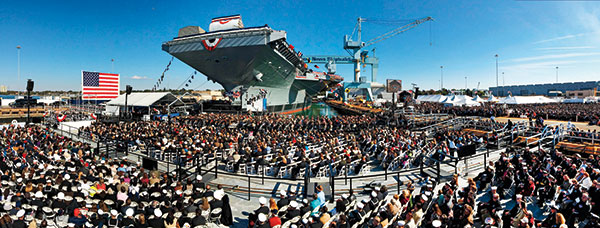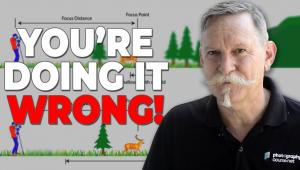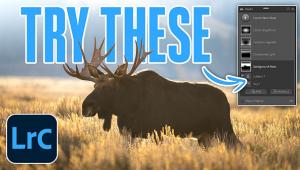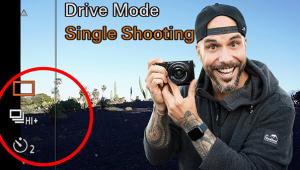Pulitzer Prize-Winning Photojournalist David Hume Kennerly Says His iPhone Has Made Him A Better Photographer

All Photographs by David Hume Kennerly©2014
(Editor’s Note: Going Mobile is a new Shutterbug column that looks at the art of mobile photography.)
On a Sunday morning not long ago I turned on the radio and by chance heard the legendary, Pulitzer Prize-winning photojournalist David Hume Kennerly say that his iPhone had made him a better photographer.
Not long after that, I got to ask him directly: “Really? How so?”
“For one thing, with the iPhone you’ve got only one point of view,” Kennerly replied, “so you have to get closer—and getting closer is always good; or you have to get back. You’re the zoom lens.”
With the iPhone always at hand, he had to temper its easy accessibility with observation and evaluation, and that, too, played into his judgment that the phone made him a better photographer. “The most important thing is that I asked myself: Why am I taking this picture? What is it about this photo? And I began to pay more keen attention to my surroundings and what I was seeing. Not enough of us do that, no matter the camera.”


Only The Essentials
In the course of the self-assignment, Kennerly realized that the iPhone fit his preference for carrying only the essential photo tools. “You automatically become a better photographer when you’re not fooling around with a lot of stuff. I have a streamlined way of working, and on the job I carry only what I’ll need. I don’t look like a Christmas tree draped with Canon ornaments. I know that simplicity is the hallmark of a photographic career.”
Kennerly had an iPhone the first week it came out, in 2007, and the first photos he took with it were, he says, “nothing special.” He didn’t really get into iPhone photography until some apps he liked made their appearance: “Hipstamatic, mainly. It offered a variety of different looks of lenses and film.”
He took a lot of photographs with his iPhone, and quite liked the way the pictures looked. Then in 2013 he decided to challenge himself with an iPhone picture-a-day self-assignment. That project, he says, “ultimately morphed into a book [David Hume Kennerly On the iPhone: Secrets and Tips from a Pulitzer Prize-winning Photographer] that’s more of a photographic philosophic journey about how and why I take pictures.”


No matter what camera is in his hands, Kennerly is first, foremost, and always a photojournalist. “A point I make in the book is you’ve got to think about what you’re doing when you’re taking photos. What’s the story you’re trying to tell? A good picture is nice to look at every now and then, but a great picture tells a story you remember.”
He allows that there aren’t that many great pictures. “My examples would be Joe Rosenthal’s Iwo Jima flag—all you have to do is say what it is and it’s in your mind; and Eddie Adams’s Saigon photo; and Nick Ut’s picture of the little girl running down the road after being napalmed.
“Most people will never take a great picture. I don’t know if I’ve ever taken one—I don’t think so, not on that level—but the main thing is consistently becoming better at telling a story, and that’s one of my goals.”

An App Minimalist
Kennerly’s iPhone storytelling is aided by a few select apps—Hipstamatic, 6x6, and Pro HDR—but in keeping with his less-is-more attitude about photo equipment, he’s pretty much an app minimalist.
“It’s better to get to know a few apps,” he says. “You can always experiment to find something else, but you’re better off if you find something you really like and stick with it. The photos are about content, not the fact that they’re vignetted or have weird colors or whatever. Apps won’t make you a better photographer. They may make some of your boring pictures look more interesting, but that’s not a substitute for getting a good picture content-wise or story-wise.”
There have been a few times when the iPhone did a job the pro gear couldn’t. “I was shooting in New York, in Times Square, for Bank of America, and there was a pop-up concert with Bruce Springsteen and Carrie Underwood. I was shooting that with my Canon, but they wanted something online right away, so I popped a few with the iPhone. There are times that are perfect for that—it’s an online vehicle, and another arrow in the quiver.”
One of the points Kennerly makes in the book is that everyone can become a better photographer. “The old saying is right: the more you practice, the luckier you get. But you have to add that a little more thought has to go into all that practice.”
It’s Kennerly’s thoughts about photography that turn the book into much more than a collection of iPhone images. “The book is really about photography, and how to make it better for yourself. And as far as the pictures, people ask me all the time, ‘Wouldn’t those pictures have been better with the Canon?’ And my answer is, ‘No, because I wouldn’t have had the Canon with me.’ That’s the bottom line.”


You can view a variety of classic and contemporary David Hume Kennerly images and access his blog at his website: kennerly.com.
- Log in or register to post comments

















































